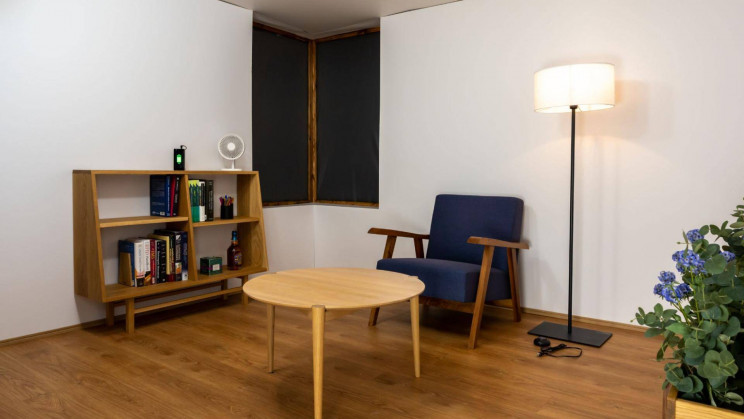What if your smartphone or laptop started charging as soon as you walked through the door? Recently a group of researchers have created a device that would one day free the world’s countertops from their snarl of charging cords, converting entire buildings into wireless charging regions.
Researchers at the University of Michigan and the University of Tokyo have developed a system for the secure transmission of energy in the air to supply 50 watts of power exclusively using magnetic fields. The project can help transform whole buildings into wireless charging stations.
“This system enables safe and high-power wireless power transfer in large volumes,” says Takuya Sasatani, a project assistant professor at the University of Tokyo’s Graduate School of Engineering and lead author of the new study, which was published this week in Nature Electronics.
“This really ups the power of the ubiquitous computing world—you could put a computer in anything without ever having to worry about charging or plugging in,” said Alanson Sample, University of Michigan professor of computer science and engineering, in a statement.
“There are a lot of clinical applications as well; today’s heart implants, for example, require a wire that runs from the pump through the body to an external power supply. This could eliminate that, reducing the risk of infection and improving patients’ quality of life.”
The new technology might not only power phones and laptops but also medical gadgets and robotics. Researchers are also aiming to make it tiny enough to work in a box and charge things you wish to carry anyplace.
There were earlier iterations of this technology; however, there was dangerous microwave radiation being used. The researchers claim that this new version is completely safe.
Installation, adaptation to new buildings and retrofitting to old ones is quite easy. The new approach uses devices known as lumped capacitors. The upgrades can be installed in wall cavities to provide an efficient magnetic field capable of resonating in rooms while trapping electric fields inside the capacitors.
This is far better than existing wireless power systems that can supply large amounts of power over several millimetres or minimal power over long distances. The researchers at Michigan University aim to deploy their new technology both as a retrofit and new construction on the campus.
Sadly, its real-life applications are still years away. Fortunately, it’s not just the team that is working on wireless charging.
“It’s just too burdensome to put aluminium sheets all over your walls—that benefit doesn’t make sense yet,” Sample says. “We’ve just developed a brand-new technique. Now we have to go figure out how to make it practical.”
Companies like Wi-Charge, Energous, and Ossia are employing safe infrared technology to build wireless power techniques. In addition, various researchers have conceived designs that can power electric vehicles at the wheel. As far as charging is concerned, the future seems wireless.

